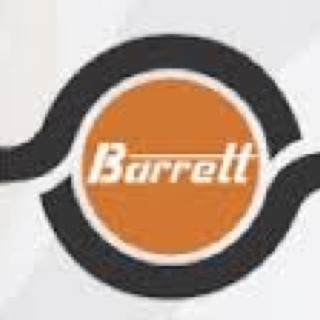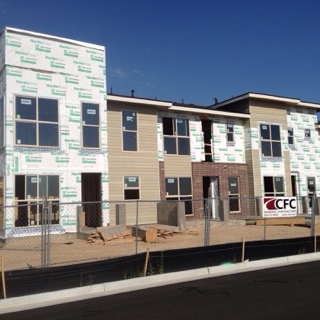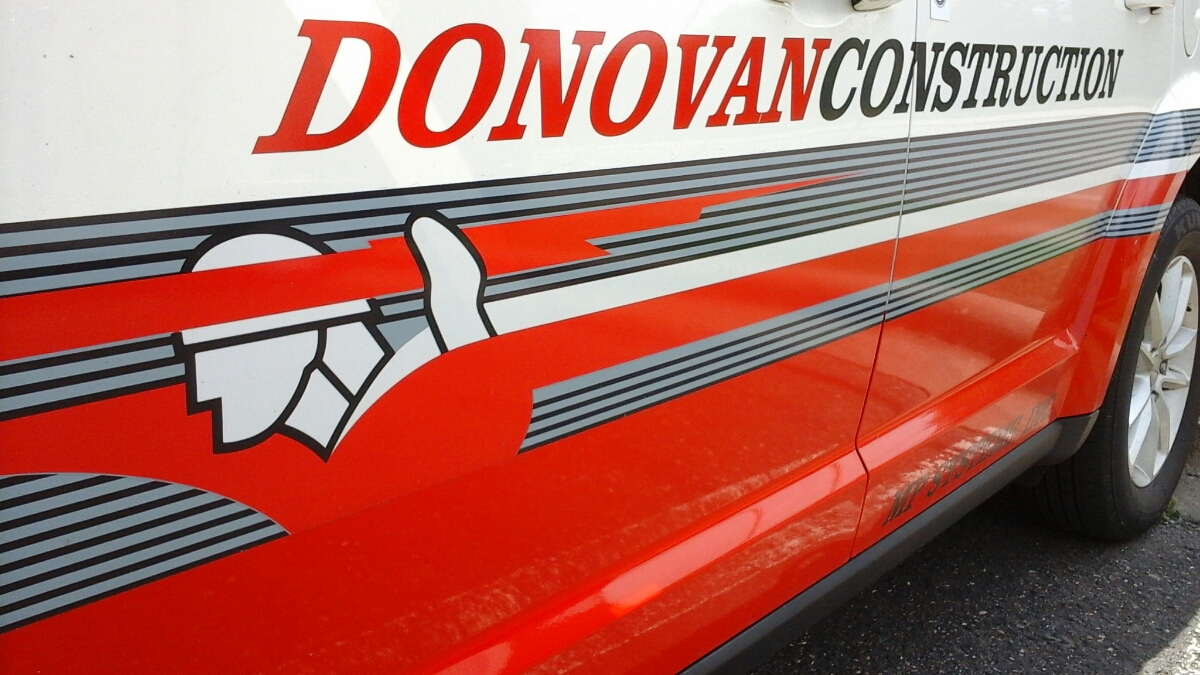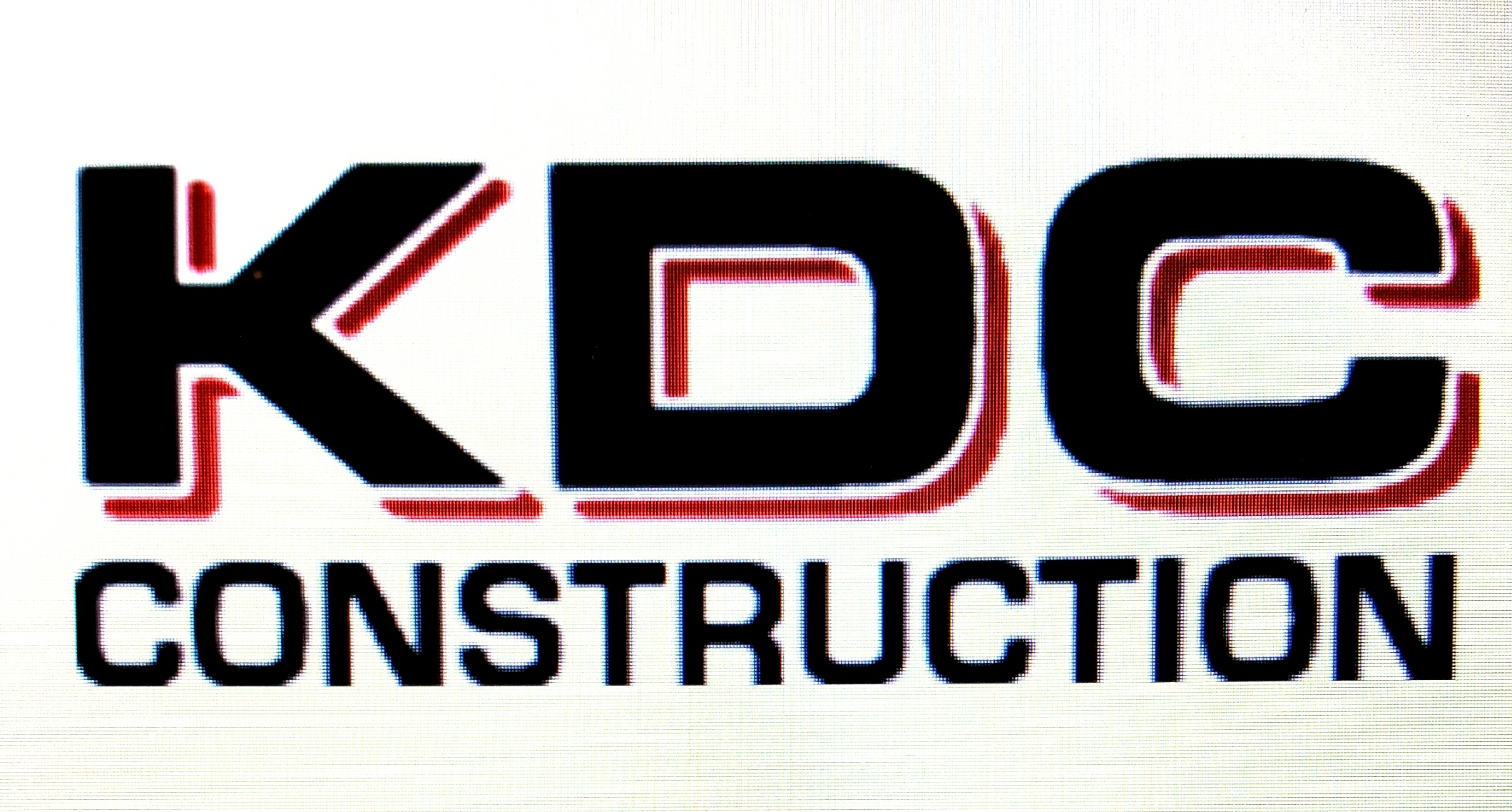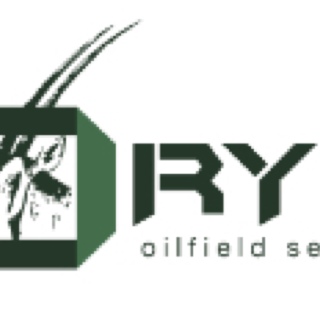Information
-
Audit Title
-
Pad
-
CHK Rep
-
Location
-
Conducted on
-
Prepared by
-
Contractors Onsite
-
Pad Construction
-
Production Construction
EHS POLICY 101: HAZCOM
-
SDS'S available at all times
-
All containers in work area properly labeled with NFPA or HMIS labels
-
Windsock deployed at muster point
EHS POLICY 102: PPE
-
FR clothing worn properly by crew, buttoned, zipped and sleeves down
-
Hard hats used by crew
-
Safety glasses with side shields used by crew
-
Hard toed shoes used by crew
-
Hand protection used when necessary
-
Hazardous jewelry not worn by crew
-
Personal gas monitor worn by at least one member of each crew
-
Long hair contained
-
Proper PPE worn while handling chemicals, based on SDS/HMIS
EHS POLICY 104: HEARING PROTECTION
-
High noise areas present and marked
-
Proper hearing protection available
EHS POLICY 105: LOTO
-
LOTO being used
-
Locks and tags available to crew
EHS POLICY 106: HOT WORK MANAGEMENT
-
Smoking or open flames not permitted within 35' of compressed gases
-
Hot work permit available and completed prior to commencing hot work
-
Qualified Individual onsite
-
No smoking rules observed
EHS POLICY 107: CONFINED SPACE
-
Site evaluated to determine the presence of of confined space/permit required confined spaces
-
Confined space permit available
-
Atmospheric testing of confined space prior to entry
-
Confined space warning signs erected
-
Emergency rescue equipment readily available
EHS POLICY 108: TRENCHING AND EXCAVATING
-
One call activated 48 hours but no more than 10 days before to digging
-
Trenching and excavation checklist available and daily inspections performed
-
For excavations or trenches greater than 4' deep, requirements for protective systems noted on trenching and excavation checklist
-
Condition of soil noted and discussed on PJSA
-
Crosswalks utilized over open ditches
-
Adequate exit available for excavations or trenches 4' deep or greater
EHS POLICY 109: FIRST AID AND CARDIOPULMONARY RESUSCITATION
-
First aid training provided
-
First aid supplies available onsite
-
Adequate 2-way radio or cell phone communication available
-
Emergency phone numbers posted
-
Provisions made for known workers with allergies
-
Provisions made for prompt medical attention
EHS POLICY 111: CHEMICAL, FLAMMABLE AND COMBUSTABLE LIQUIDS/MATERIALS
-
Flammable liquids not stored within 50' of the wellhead
-
When not in use, flammables and combustibles are stored in designed area or cabinets
-
All containers are grounded and bonded, conforming to manufacturers specifications when dispensing flammable or combustable liquids
EHS POLICY 112: HEAT AND COLD STRESS
-
All workers taking precautions for heat or cold
-
Heat stress and cold stress training provided
EHS POLICY 113: FIRE PROTECTION
-
Fire extinguisher present in company trailer, vehicle and all work areas
-
Annual inspections tag present
-
Monthly inspection tags on extinguishers
EHS POLICY 114: ELECTRICAL SAFETY
-
Electrical equipment 600V or greater labeled HIGH VOLTAGE
-
Work clearance of 36" maintained in front of electrical equipment
-
Fixed and portable equipment connected by cord grounded
-
Only 3 wire cords in good condition used onsite
-
No cords running through doorways or windows
EHS POLICY 115: POWERED INDUSTRIAL TRUCKS (FORKLIFTS AND TELE-HANDLERS)
-
Operators certified and certificate available for forklift/tele-handler
-
Seatbelt provided (per manufacturer)
-
Back up alarm working
-
Auxiliary lighting working
-
Horn working
-
Rated lifting capacity posted
-
Pre-use inspection checklist completed
-
Tires in good condition
-
Refueling and hydraulic lines are checked with engine off
-
No damage to windows or mirrors
-
Loads moved low to the ground
-
Parked with brake on, key removed and forks grounded
EHS POLICY 116: HOISTING AND LIFTING EQUIPMENT
-
Workers operating hoisting and lifting equipment properly trained
-
Monthly hoisting machinery inspection record available
-
Pre-use inspection checklist completed
-
Straps and slings have been inspected and are in proper working condition
EHS POLICY 118: LIFTING AND CARRYING SAFETY
-
Proper lifting and carrying techniques being used
EHS POLICY 119: WALKING AND WORKING SURFACES
-
Any working surface above 4' from the ground must be protected by a work platform with guardrails at 42" above platform, have an intermediate rail and toe board or personal fall arrest system
-
Fall arrest system must have a full body harness, deceleration device, and a lifeline and inspected prior to each use
-
Anchorage used for fall arrest equipment must be capable of supporting at least 5,000lbs.
-
All walking and working surfaces are clear of debris and tripping hazards and/or tripping hazards have been identified
EHS POLICY 120: LADDER SAFETY
-
No wooden ladders allowed onsite
-
Metal/fiberglass ladders must have a warning label for electrical caution
-
Ends/feet of ladder must be fitted with insulated non-slip material
-
Extension ladders must extend 3' past the landing if used to access another working surface and be secured
-
3 points of contact utilized by workers while on ladder
-
Fixed ladders and cellar ladders are inspected and in good condition and noted on annual inspection
-
Portable ladders inspected monthly and noted on monthly ladder inspection checklist
EHS POLICY 122: PRE-JOB SAFETY ASSESSMENT
-
Pre PJSA safety tour of site conducted for each shift
-
Daily safety meeting being conducted for each shift
-
Special safety meeting conducted when H2S/SO2 present
-
Safety meetings properly documented
-
Accidents, if any, are discussed during safety meetings
-
Physical address of site discussed
-
Emergency route to nearest hospital discussed
-
PJSA filled out completely and properly
-
Individual contractors conducting Job Safety Analysis (JSA) to identify task-specific hazards
-
Simultaneous operation hazards assessed and discussed at each safety meeting
GENERAL
-
Proper incident reporting procedure known and utilized when necessary
-
Stop work authority in use
-
Adequate communication between contractors onsite
-
Emergency response plan understood
-
Smoke point identified outside of gate or no less that 125' away from hydrocarbon containing vessels
PAINTING OPERATIONS
-
No cell phone use within 35' of hydrocarbon containing equipment
-
Brass/non sparking tool utilized
-
Painters have accounted for wind direction and taken proper steps to prevent over spray
-
If scaffold system is present, proper tagging system is utilized (red, yellow, green)
PAD CONSTRUCTION
-
Bulk fuel tanks are double walled within a lined containment dike
-
Fire extinguisher within 30' of bulk fuel
-
Dumpster or drum onsite for non-haz trash
-
Portable restroom onsite
-
Flagger utilized when loading/unloading on haul routes
-
Spotter clear of danger during loading/unloading
-
Spill kit onsite and inventoried






